Recent posts
The emergence and spread of the new respiratory Coronavirus Disease 2019 (COVID-19) was declared a Public Health Emergency in the United States on Jan. 31, 2020. The outbreak, now a pandemic, has catalyzed significant activity by federal, state and local governments; the healthcare community; residents across the country; and people around the world. This is not the first emerging infectious disease event that the world will face, nor will it be the last.
Open OnDemand is an NSF-funded, open-source HPC portal that allows for ease of access to HPC resources. This accessibility unleashes the power of supercomputing to advance discovery and innovation.
Numerous information technology professionals from around the state gathered at the OARnet office on Oct. 23 to attend the Member Meeting.
OhioLINK supports open access in a variety of ways, from the first open access (OA) Electronic Theses and Dissertation collaborative started in 2001 to our current support for Open Education Resources (OER) and our OA pilot with Wiley.
Here’s a recap of recent activity:
Many OhioLINK institutions are promoting and hosting events for the 12th annual Open Access Week (October 21-25), an international week that focuses on resources that are freely available to anyone online.
Open access ETD boasts more than 100,000 submissions and nearly 85 million downloads from 234 countries.
When I say, “Hi, I’m from the Ohio Supercomputer Center,” the usual response is, “I didn’t know that there was an Ohio Supercomputer Center!” That’s a reasonable reaction, because most Ohioans aren’t involved in academic or commercial research, so their need for high performance computing (HPC) is understandably limited.
Twenty years ago, on June 7, 2000, the Ohio Supercomputer Center (OSC) announced the creation of the Young Women's Summer Institute—a summer educational program for middle-school girls in Ohio designed in response to the documented lack of interest in math, science and engineering among girls. This unfortunate situation was translating into the low participation of women in the science, technology, engineering and math (STEM) fields, and in particular, information technology.
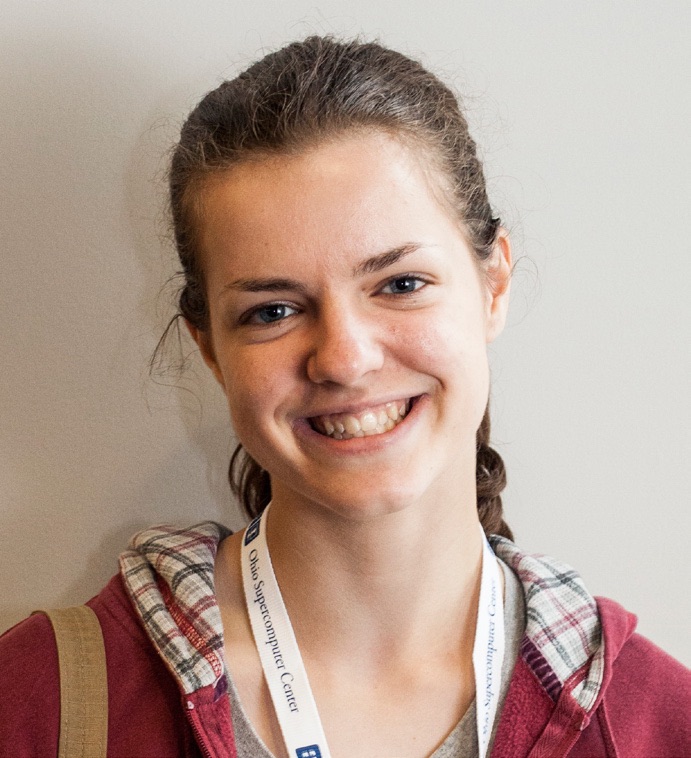
Six years ago, like most sixteen-year-olds, I had no idea what I wanted to do for a living. I knew that I liked math and science, but outside of solving word problems, I had only a vague notion of what STEM looked like in the so-called “real world.” Then, in the summer of 2013, I attended the Summer Institute (SI) at the Ohio Supercomputer Center.
According to the U.S. Department of Commerce, Economics and Statistics Administration, women make up less than one-quarter of those employed in STEM (science, technology, engineering, math) occupations in the United States. Not only does this mean that women in STEM remain a disproportionate minority, but it also contributes to STEM field underemployment in the U.S., with not enough properly trained candidates to fill science and technology jobs.
When Russell M. Pitzer, Ph.D. helped establish the Ohio Supercomputer Center (OSC) in 1987, supercomputers at the time were cooled with a liquid called Fluorinert. As system architecture changed over the years, centers moved to air cooling. But it seems fitting that OSC’s newest Dell EMC-built cluster, deployed just this year and named after Professor Emeritus Pitzer, has returned to this “retro” method of temperature regulation.
So, with technology always vaulting forward, why does it seem that we’re moving backward in this area?
OSC’s Oakley Cluster, decommissioned in December 2018, had an impressive run at the Center, with over 10 million jobs completed since January 14, 2012. The $4.1 million HP-built, Intel® Xeon® processor-based supercomputer doubled OSC’s computing power at the time, using half as many nodes as the Glenn Cluster.

While Intisar Bashir may be relatively new to Client Services, she is an OARnet veteran, having worked in the Network Operations Center for 12 years before swtching to her current role as a Business Relationship Manager.
In our newest “Meet the Staff” post, Bashir talks about why she felt it was time for a change, what her position has allowed her to do, and what she enjoys doing in her limited free time.
It’s summer, and all the signs are here. Master’s and doctoral degree students have fully emerged from their writing dens with thousands of words worth of research over which they’ve toiled for months—even years. They’ve planted the seeds, met with advisors who have nurtured and massaged their work. What does this mean for you? A new crop of theses and dissertations have put down roots and bloomed in OhioLINK’s Electronic Theses and Dissertation (ETD) Center.
A note from OhioLINK Executive Director Gwen Evans
OhioLINK has been enabling affordable learning and discovery in our state for 25 years. In that time, we’ve become far more than books and libraries—we’re a growing organization with expanding services and stakeholders.
If you’re a member of the HPC community, I’m sure you already have your favorite websites for breaking news or job openings or training information from specific organizations with which you are familiar. But what you might not know is that there is one virtual organization that collects information from a vast array of HPC communities, reviews it, and offers it up to everyone. It’s called HPC University.
OhioLINK’s most recent addition to the team is Johnathan Michael, the resource acquisitions and contracting assistant. Johnathan brings a degree from Ohio University along with a background in education and music to the OhioLINK team.
We recently spoke with Johnathan about his music expertise, what brought him to OhioLINK, and his role with the library consortium.
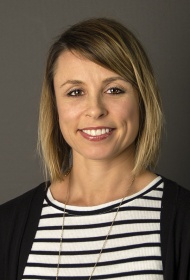
An OARnet business relationship manager is a jack-of-all-trades. Just ask one of the newest members of that team, Andrea Carrier.
In our newest “Meet the Staff” post, Carrier talks about what brought her to OARnet, what her job entails, and what skills make for a good business relationship manager. We also find out about the sport she excelled in growing up, and how she balances mom life with a full-time job.
Working in business development for the Ohio Supercomputer Center (OSC) gives me the amazing opportunity to travel around the Buckeye State and talk to people working in a variety of interesting professions.
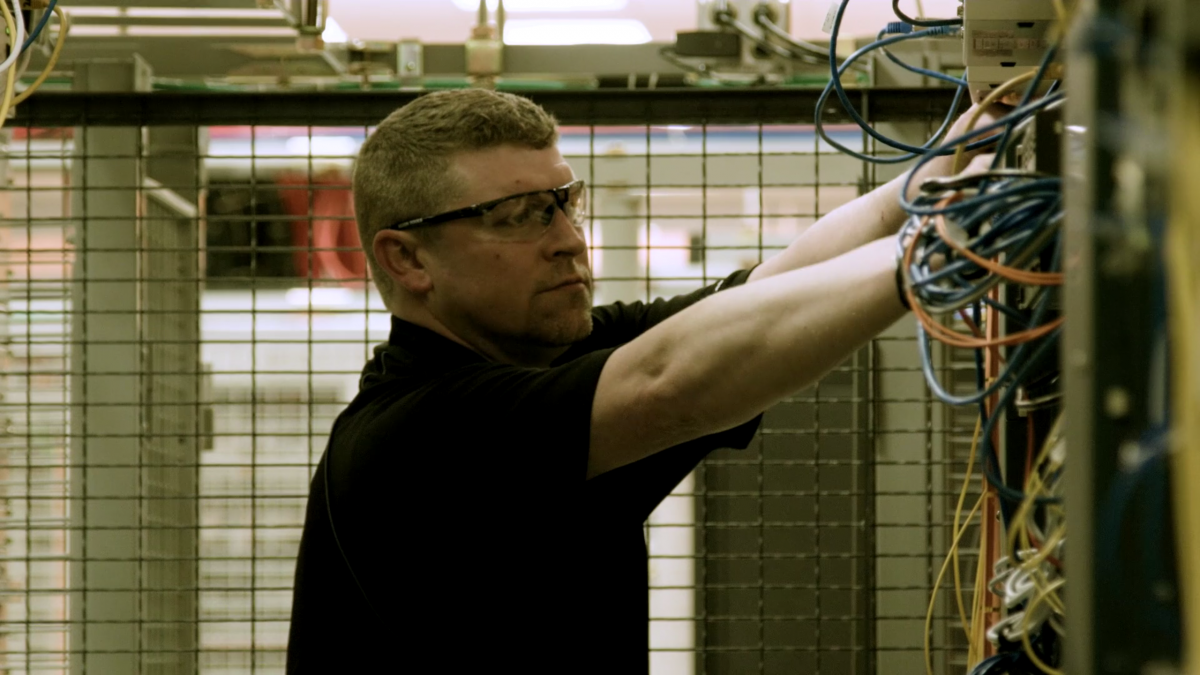
If you hadn’t noticed, there has been a slew of articles recently recognizing Columbus, central Ohio, and the state in general as an emerging technology ecosystem. What’s behind this outpouring of tech respect, you may wonder? Well, it’s a combination of some attributes that have been around for quite some time (very few hurricanes and earthquakes, geographic centrality, low cost of living, etc.) and a handful that are more recently attributed to the region.
I confess that when I joined the Ohio Technology Consortium as a communications intern during my sophomore year at The Ohio State University, I had only a surface-level understanding of what OH-TECH’s members do. I understood that OARnet supplies broadband to colleges and universities, I knew OhioLINK provides research articles to students, and I had a vague understanding of what supercomputers do and how they are used by Ohio Supercomputer Center clients.
SME (a non-profit student and professional association for educating and advancing the manufacturing industry in North America) recently invited me to conduct a half-day workshop at its AeroDef Manufacturing conference/exposition March 26-29 at the Long Beach Convention Center, Long Beach, California.
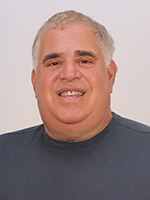
While the issue of net neutrality has become a hot topic in recent months, many questions continue to swirl about its future in the United States.
Lingying Zhao’s agricultural group at The Ohio State University is changing the way Ohio farmers are practicing their craft – and how they impact the environment around them. The group is participating in several grant programs from the U.S. Department of Agriculture (USDA) that are making lasting change in the field of agriculture. In the Ohio Supercomputer Center’s most recent research report, we wrote about one of the incredible projects Zhao’s group is researching.
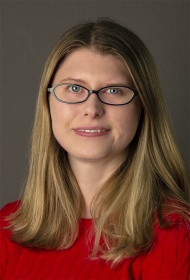
Many who aren’t familiar with OARnet are blown away by what it does, and provides Ohioans, once they fully digest the full scope of the organization. Such was the case for Julie Hood.
Hood joined the OARnet team as its program coordinator in July 2017, she was drawn to the organization because she was interested in the challenge of working in an industry that was new to her.
Hood recently spoke with OARnet about her favorite parts of her job, a performance she gave with gold medalist and figure skating personality Scott Hamilton, how she enjoys spending her free time, and which famous person from history she would most want to have dinner with.
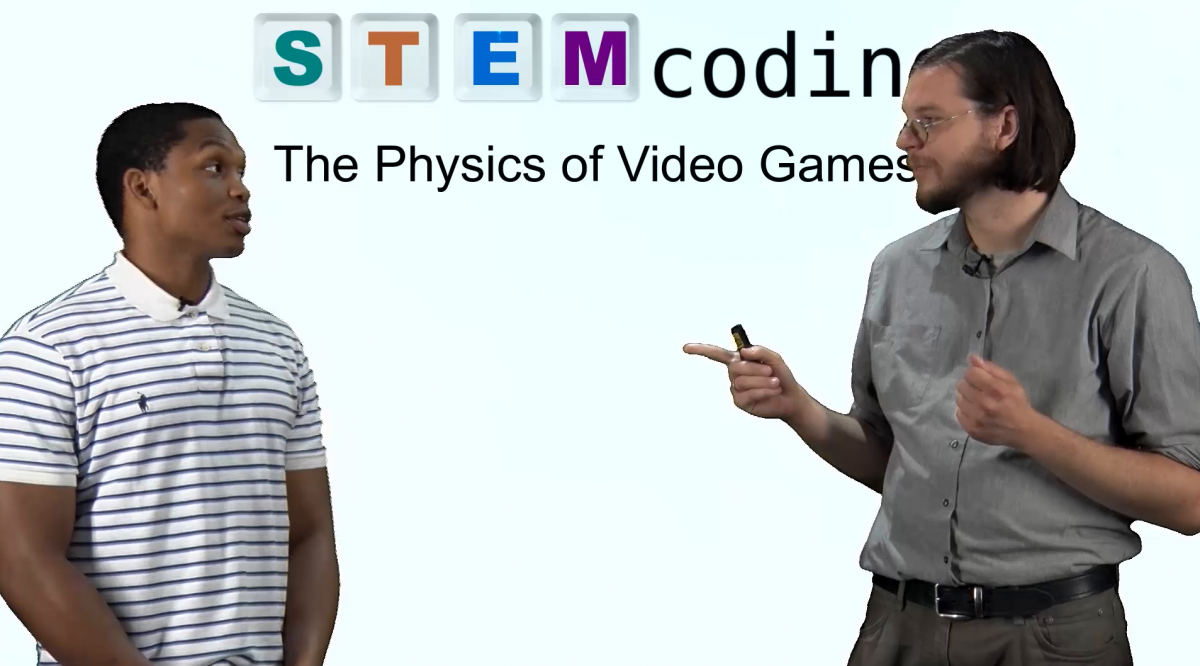
Until recently, Hourofcode.com didn’t have any coding activities with a physics focus. That is, until Chris Orban, Ph.D., assistant professor of Physics at The Ohio State University’s Marion Campus, created an hour of code activity on "The Physics of Video Games" and launched the STEMcoding project. These coding tutorials are being integrated in physics classrooms around the world. The purpose of Orban’s STEMcoding project is to make coding more accessible to high school students.
The National Science Foundation’s Campus Cyberinfrastructure (CC*) program provides funding for campus-level networking improvements and resources for science applications and distributed research projects. The program emphasizes learning and workforce development (LWD) in cyberinfrastructure.
Proposals for these awards are due Jan. 30, 2018. I’ve put together some general guidelines and helpful tips for OARnet members who may be interested in applying for the CC* 18-508 funds. OARnet might be able to help bolster your proposal and your network.
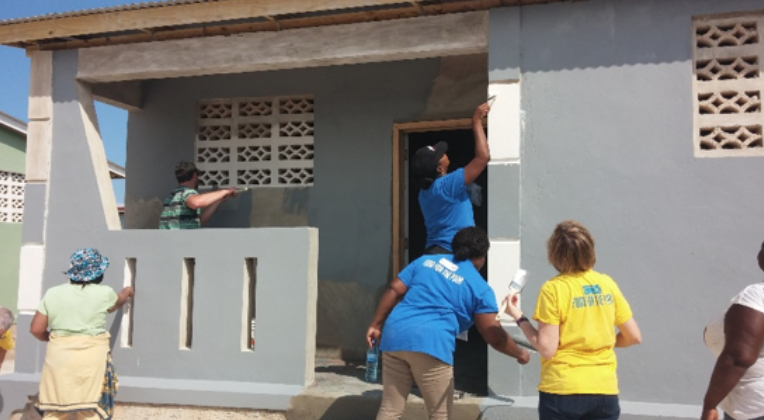
I had the privilege of going on a mission trip to Haiti Dec. 4-8 with Food for the Poor. I was stepping outside my comfort zone in so many ways – I was flying for the first time in over 15 years and traveling solo, I was leaving my husband and son to fend for themselves, and I decided to reduce my use of technology. The technology reduction is no small feat, considering it consumes my career as part of the Ohio Technology Consortium’s Shared Infrastructure team.
With an incredible SC17 Conference in the rearview mirror, it’s time to sort through the business cards, promotional flyers, and follow-up emails and begin processing all of the information brought back from Denver. Find out everything the OSC team experienced and how it will pay off in the year to come.
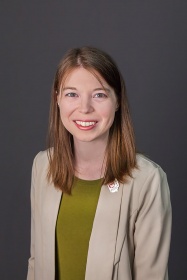
OhioLINK staff members Emily Flynn, metadata and electronic theses and dissertations (ETD) coordinator, and Erin Kilkenny, cataloging assistant, recently published an article titled “Cataloging from the Center: Improving e-Book Cataloging on a Consortial Level” in the journal Cataloging and Classification Quarter

William Schuler, Ph.D., a linguistics professor at The Ohio State University, and his doctoral student, Lifeng Jin, are contributing to a project that could have major implications in disaster relief efforts. They are also proving a computer is capable of learning a language with no supervision. Find out how they're using OSC's resources in our latest blog post.

OhioLINK is currently leading the charge in the state of Ohio to promote affordable learning materials in higher education. OhioLINK has long been at the forefront of this effort by collectively purchasing content in the form of central catalog materials, journals, and e-books that can be used by all students, faculty, and staff of 92 OhioLINK member institutions.
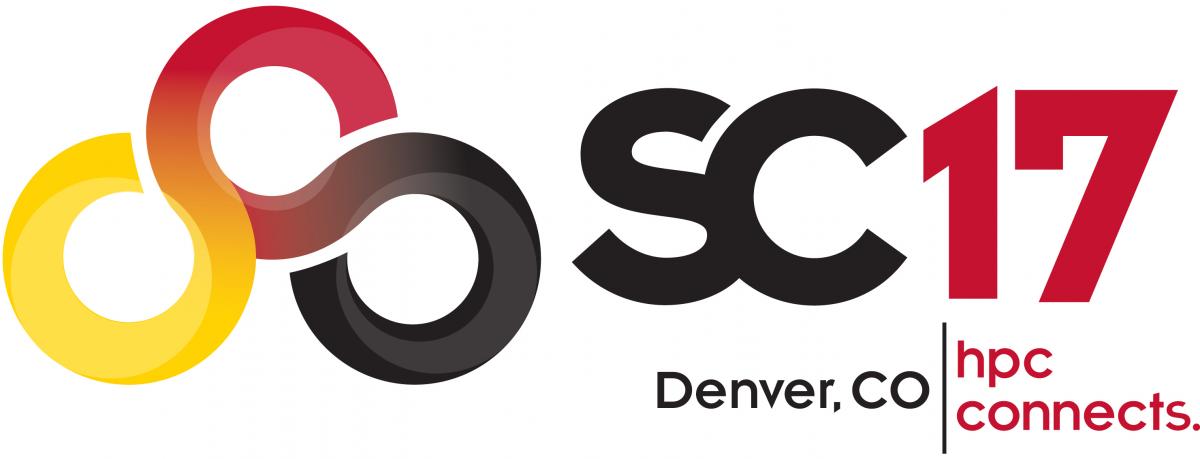
The Ohio Supercomputer Center has had much to celebrate this year. From co-celebrating a 30th anniversary with OARnet to launching Open OnDemand and unveiling the Dell/Intel Xeon Owens Cluster, 2017 has been a memorable year. So, when OSC staff members attend the SC17 conference at the Colorado Convention Center in Denver from Nov. 12-17, they’ll have plenty to share from the OSC exhibition booth with the 13,000 attendees, composed of scientists, researchers, engineers, and a who’s-who from the HPC international community.
Many OhioLINK institutions are promoting and hosting events for the 10th annual Open Access Week (October 23-29), an international week that focuses on resources that are freely available to anyone online. This year’s theme, “Open in order to …”, allows participants to showcase their efforts and the benefits of Open Access (OA). Open Access and Open Educational Resources (OER) help make education more affordable for students in Ohio and around the world.

October is a special month in the cybersecurity community. Fourteen years ago, the U.S. Department of Homeland Security and the National Cyber Security Alliance (NCSA) designated October as National Cyber Security Awareness Month (NCASM). Find out the history of this month, why it's vital to all of our security and how you can get engaged throughout October in our newest blog post.
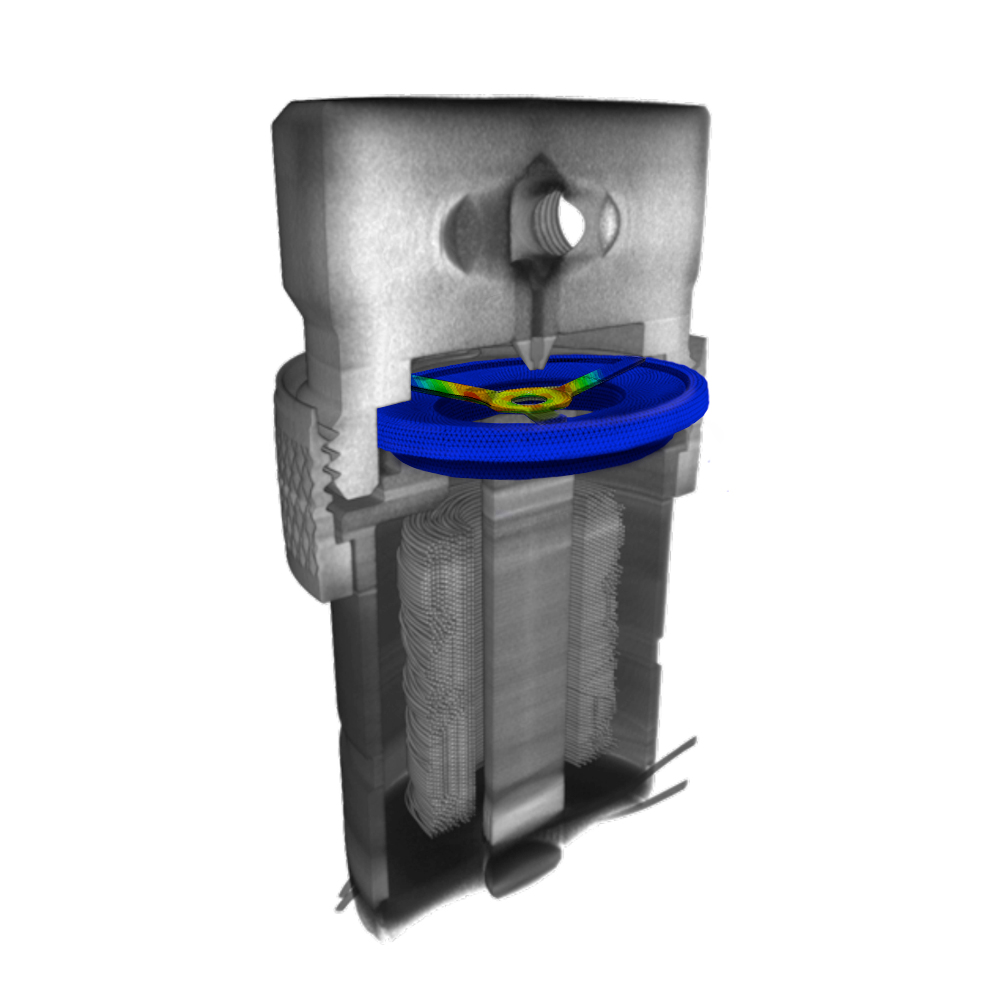
An account at OSC gives companies 24/7 access to HPC systems that power innovation with ultrafast parallel processing capabilities and a variety of open-source and commercial software solvers. But the AweSim industrial outreach initiative is more than just a gateway, it can also be an opportunity to engage with the engineering service providers (ESPs) that serve as AweSim collaborators and offer their considerable expertise in modeling and simulation (M&S) to AweSim.

Everyone is familiar with undergraduate, master’s, and doctorate degrees and the amount of time it takes to achieve them. But have you heard of microdegrees or nanodegrees?
Nanodegrees and microdegrees concentrate on a narrow range of knowledge or skills that can be accomplished in a short amount of time. In today’s fast-paced society, these degrees can be a great option to consider.
OhioLINK recently selected seven member librarians, faculty, and staff members to become the OhioLINK Open Textbook Network (OTN) System Leaders. As system leaders, they will coordinate OhioLINK OTN awareness and advocacy initiatives regarding open educational resources (OER) and open textbooks as part of the OhioLINK and Ohio Department of Higher Education affordable learning initiatives for higher education.

The Ohio Supercomputer Center (OSC) is an incredible resource for academic researchers across the state … so long as they know how to use it. In recent years, OSC has been working to coordinate more workshops throughout Ohio to help introduce our academic clients to HPC and to address whatever roadblocks they may have.
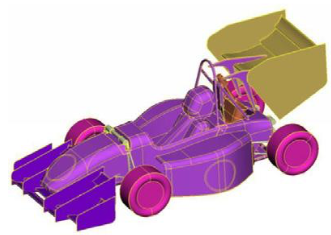
While many from the academic community are already doing amazing research through the Ohio Supercomputer Center, we also serve many commercial clients through the AweSim Program. But there are still those who could benefit from the program who haven't even been introduced to it yet. Chase Eyster's mission is to make that introduction. Find out how he does it and the reactions he receives.

perfSONAR – continuously developed by institutions such as ESnet, GEANT, Indiana University, and Internet2 – is a measurement software aimed at identifying soft failures in a network. OARnet is implementing perfSONAR nodes in the OARnet backbone, at the demarcation point of client networks, in Science DMZs and various external test points. Find out more about this measurement software and how OARnet is using it.
Programs for young women can help decrease gender gap in STEM fields
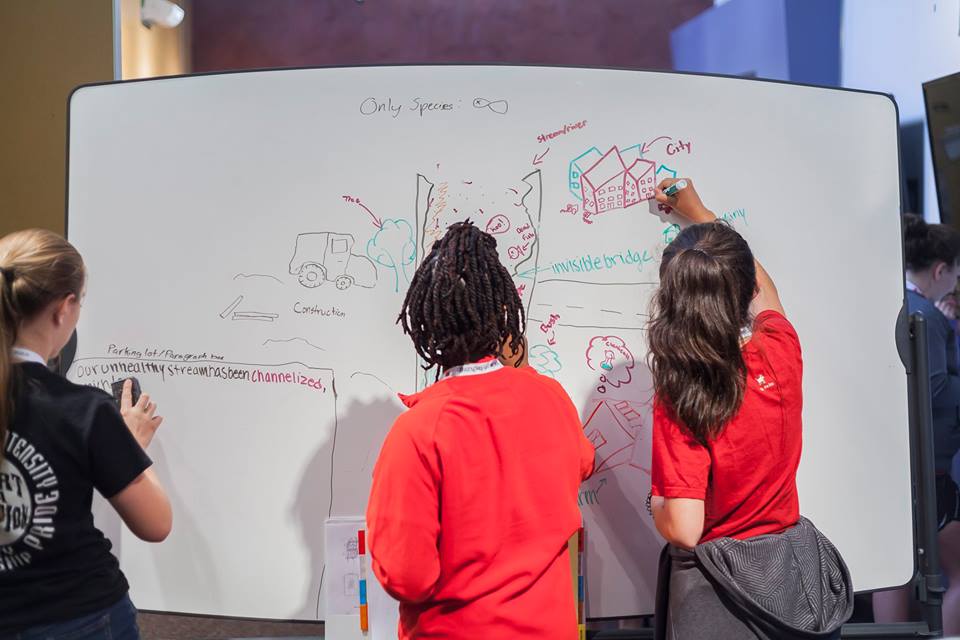
The Ohio Supercomputer Center's Young Women's Summer Institute (YWSI) provides young women an environment in which to learn more about science, technology, engineering and mathematics (STEM) at a critical age for all students.

In recent years, both the public and private sectors have experienced major cybersecurity breaches. The results are staggering: lost money, lost jobs, and lost personal data. The unfortunate fact remains that the number of cyber criminals vastly outweighs the number of qualified cybersecurity professionals. Whether you are going to college for the first time or headed back to school, consider the following three reasons why a cybersecurity career could be right for you.
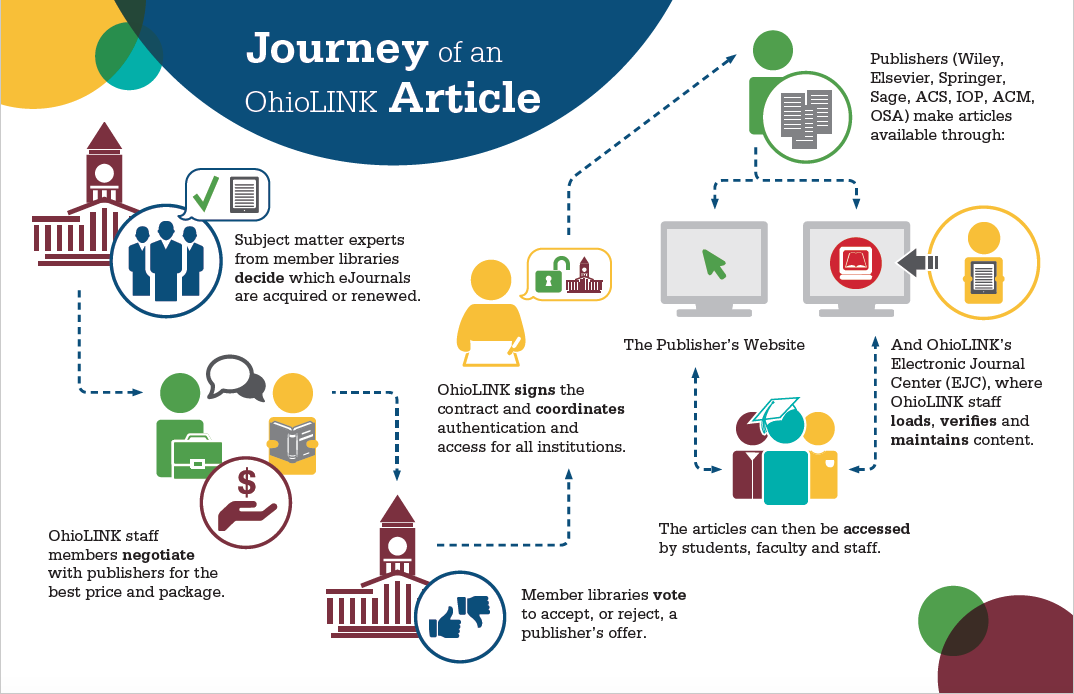
One OH-TECH team member will never take OhioLINK for granted. That's because she knows what life is like without it. Christi Playford recently spent a good amount of time designing an infograph/postcard for OhioLINK detailing the journey of an article through the Electronic Journal Center. Along the way, she learned three very important things about OhioLINK.
- 1 of 11
- next ›









